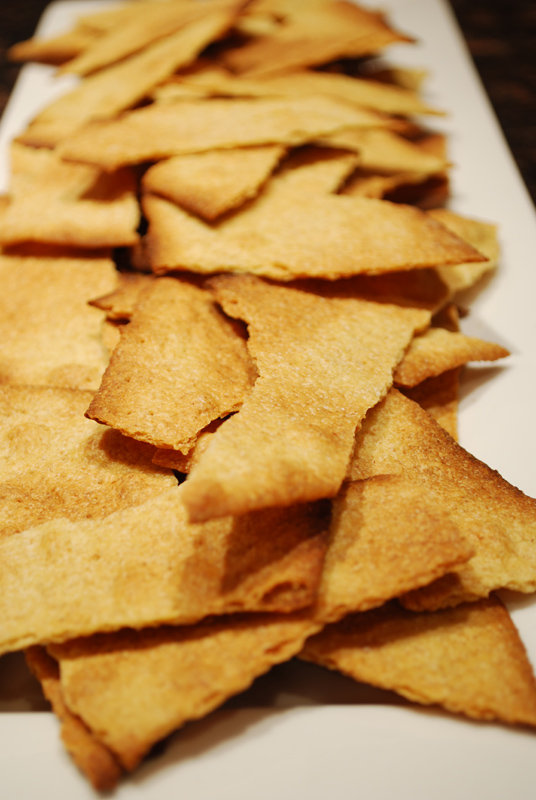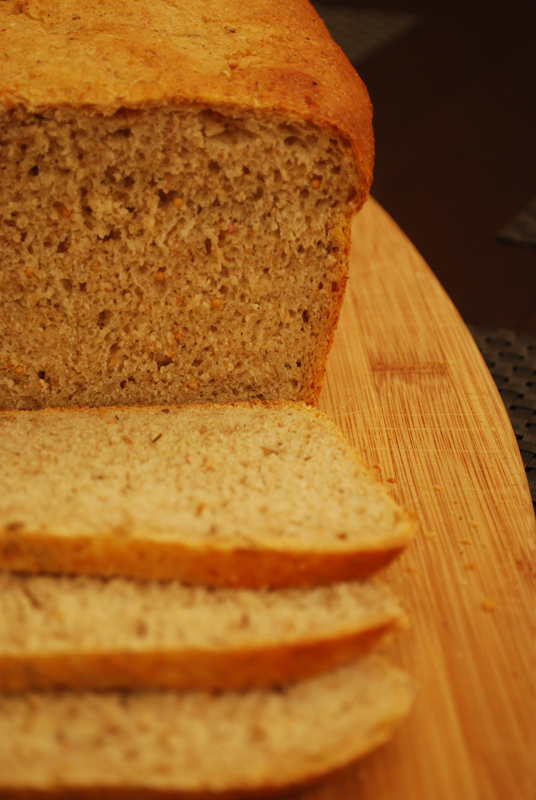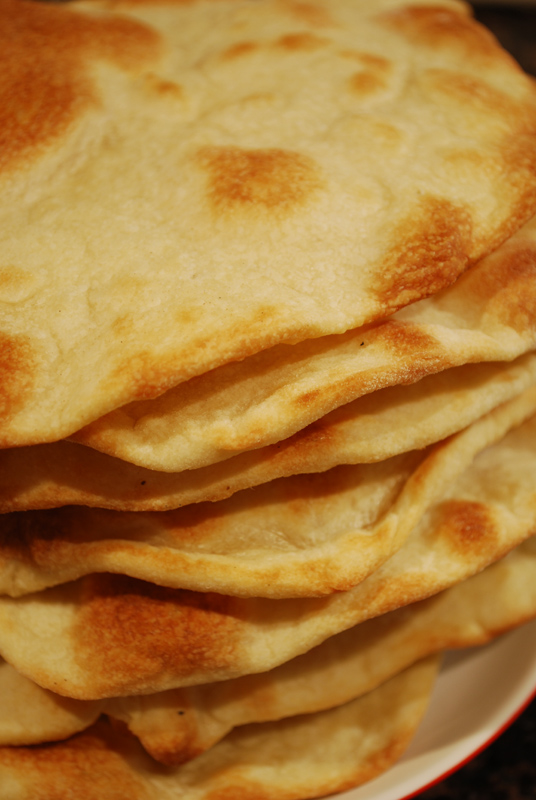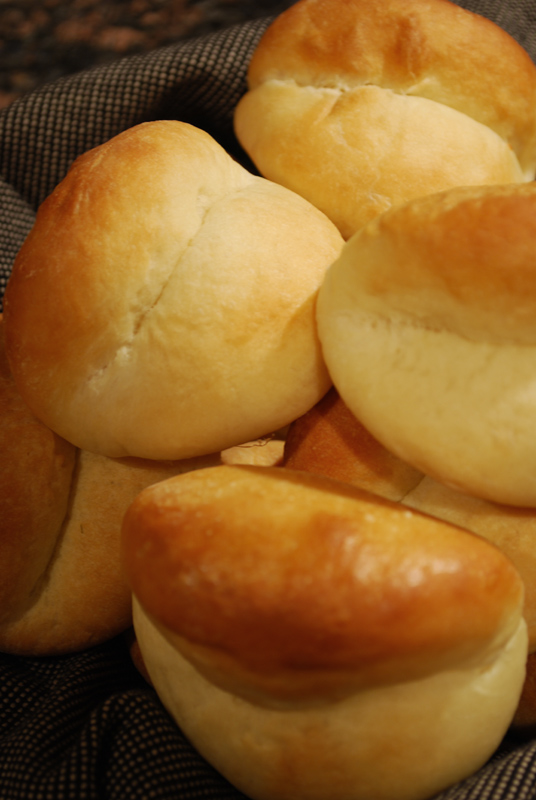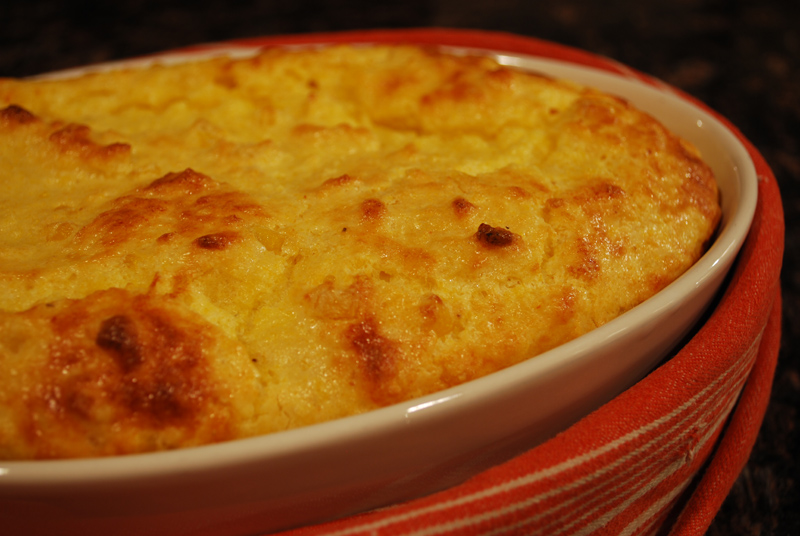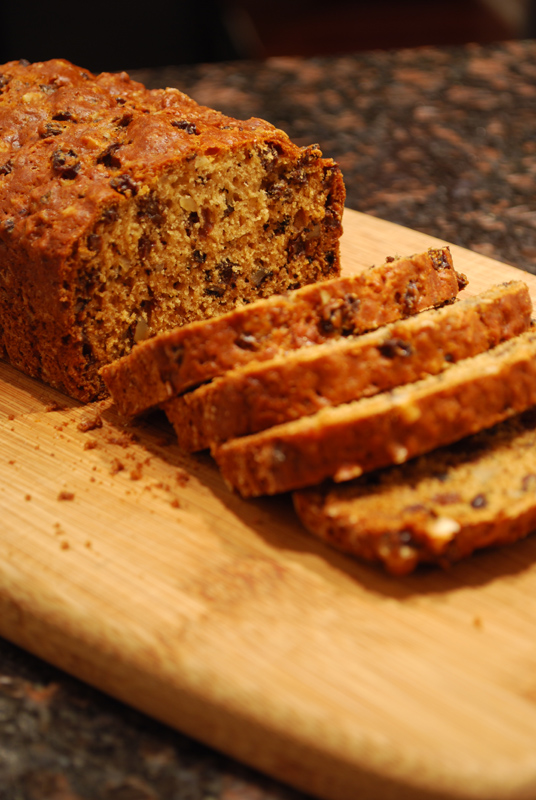Week Eight: Crackers
I decided to do crackers this week since they’re hardly ever made at home. But really, there’s no reason for that. Yes, I know they’re far easier to just buy at the store, and I have certainly bought my share. But there’s simply no comparing the flavor of homemade crackers to something you pull out of a box. Even when they’re plain, crackers from your own kitchen just taste more wholesome, somehow.
But that’s not even taking into account the almost literally endless variations you can get into when making your own crackers. Want lemon zest with your cracked pepper crackers? Throw it in! Don’t like poppy seeds? Leave them out! Who wants sweet potato crackers? And you can even switch up the flavors mid-batch, if you suddenly remember that jar of smoked paprika that would be just perfect with your cumin seeded crackers. Heck, you can even change flavors after they’re done, by brushing on some olive oil (try flavored oil!), dusting with any herb or spice, and re-crisping in a warm oven. Forget flavor variation with store-bought crackers, you’re stuck with that box of pungent and stale garlic-herb things until you cave in and throw them out.
You can roll out your own crackers as thin or as thick as you like, to boot. If you like your crackers hearty enough to pile dips on, leave them a little thicker. If you like your crackers airy and delicately crisp, roll them thinner. And if there was ever a reason to get a pasta machine (aside from that gorgeous texture and flavor of homemade pasta), it’s so you can whip up a batch of crackers faster than your guests can arrive.
By the way, did I mention how easy some crackers are to make? True, there are many recipes that use a pie crust method (when you quickly cut cold fat into flour), which can be a little tricky to do by hand; but if you have a food processor, it couldn’t be easier. There are, however, cracker recipes out there that are almost laughably easy. The recipe below, for Olive Oil Crackers, is one of these. Can you knead dough? Then you can make these.
This recipe does call for semolina flour, which gives the crackers a great nutty flavor, and also makes the dough a bit easier to roll out. If you can’t find it, you can certainly use another type of flour (whole wheat, white, white-whole-wheat, rye, etc.), but the results will obviously be a little different. Certainly not bad, though! I think they benefitted from an extra dusting of kosher salt rolled into the unbaked dough, but if you’re serving them with salty cured meats, or with cheeses that require a more neutral flavor, then of course leave that off. The flavor of your olive oil will come through here; a nice fruity one will be apparent, but they are also great with a more inexpensive and more modestly-flavored one. Any way you choose to make these, I can hardly imagine a more impressive offering next to wine and cheese than a plate of these rustic crackers.
Olive Oil Crackers
Adapted from 101 Cookbooks
1 1/2 cups semolina flour
3/4 cup whole wheat flour
3/4 cup all-purpose flour
1 heaped teaspoon kosher salt
1 cup warm water
1/3 cup extra virgin olive oil
special optional equipment: pasta machine
1. Whisk together the flours and salt in the bowl of an electric mixer, or in a large bowl. Add the water and olive oil. If using a mixer, mix with the dough hook attachment at medium speed for about 5 to 7 minutes. If mixing by hand, blend dough together, then turn out onto a floured surface and knead until smooth. The dough should be just a bit tacky – not too dry, not too sticky to work with. If you need to add a bit more water (or flour), then do so.
2. On a lightly floured surface, shape the dough into a large ball. Cut into twelve equal-sized pieces, and round into a small ball. Gently rub each piece with a bit of olive oil, cover with a clean dishtowel or plastic wrap, and let rest at room temperature for 30 to 60 minutes.
3. While the dough is resting, preheat your oven to 450º F. If you have a baking stone, heat it up with the oven.
4. When the dough is done resting, flatten one dough ball. Using a rolling pin or a pasta machine, shape into a flat strip of dough. Before rolling out to the thinnest thickness, sprinkle on any desired toppings, and roll into the dough. Pull the dough out a bit thinner by hand if you like, in the way you might stretch pizza dough. Gently lift dough onto a parchment-lined baking sheet, and dock each cracker with the tines of a fork to prevent puffing.
5. Slide into the oven onto the baking stone, if you have one. If not, just put the baking sheet into the oven. Repeat the process for the remaining dough balls, baking in small batches of three or four pieces of dough at a time. Bake until deeply golden, and let cool before eating.
Notes:
1. I was able to roll my dough out at the #5 setting on a (borrowed) pasta machine (out of 6 settings), which resulted in a nice and wonderfully thin cracker. However, out of fear of rolling too thin, I rolled most of them out at the #4 setting. Both worked just as well as the other.
2. Feel free to let loose with toppings on these: any spice, any spice blend, flavored salts, flavored oils, grated cheese, cornmeal, seeds, and on and on.
3. You can leave the crackers in big sheets and let your guests break bits off, or you can break them apart into rustic and variable pieces yourself. Conversely, you can also cut them into neat and orderly (or not!) pieces with a pizza wheel before baking.

